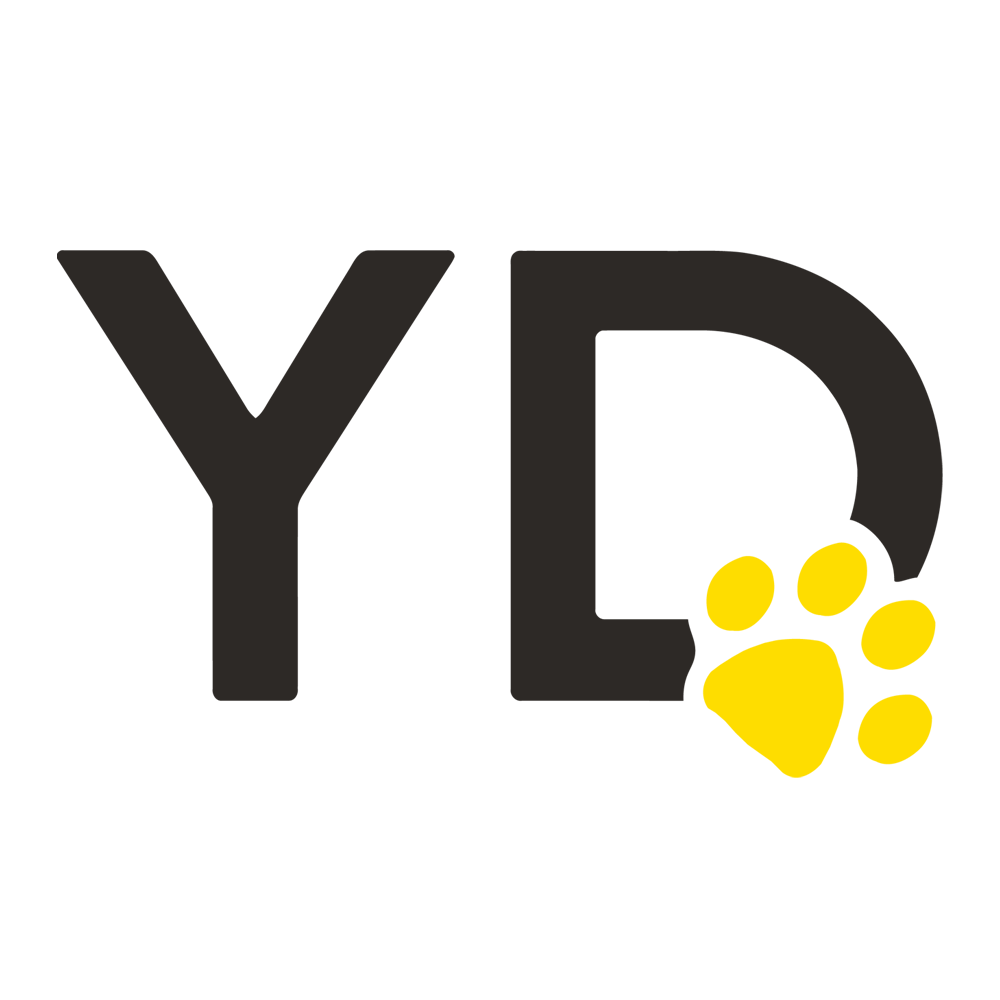RFID in Yellow Dog Inventory
Things to know:
We are excited to help you begin your RFID transformation! The following are some things you should know beforehand.
Requirements:
All printers and handhelds need to be provided by Yellow Dog. Anything not provided by us will need an SOW for confirmation labor services.
RFID printers must be connected to your network via Ethernet and share the same network as your workstations.
All clients must be A. hosted by Yellow Dog or B. have API connections established.
All SKUs must be able to be converted to a 12-digit UPC format. Alphas and any non-numerics are not supported. YD will confirm your status and provide changes as a check before starting any implementation.
Label configuration is set. Customization of formatting, font, and appearance is not available.
A listing of materials that block RFID signals are listed below: Clients should TEST 100% of all items to confirm.
What Works: (With any media)
RFID Tags on paper hang tags attached to apparel.
RFID Tags on paper neck tags attached to wine and liquor bottles.
RFID Tags on merchandise that is not dense, metal, water, or other materials listed below.
What Does Not Work (at all or reliably) UNLESS YOU HAVE THE RIGHT MEDIA!
Hologram tags, foil tags, or foil wrappers. This means tags cannot be on or on the back side of these tags or wrappers.
Metal. Example: Metal Tumblers.
Water. Example: Tag ON the Wine bootle
Concrete
Carbon-Based Materials. Example: Graphite golf club shafts.
Ceramics. Example: Poker Chips
Glass.
A listing of materials that partially block RFID signals are listed below: Clients should TEST 100% of all items to confirm.
Plastics
Rubber
Configurations that may block RFID signals are listed below: Clients should TEST 100% of all items to confirm.
Metal shelving
How to Solve These Scanning Issues:
Have your item batches printed/encoded by Yellow Dog Software!
Buy the correct printer and media. $2,000 - $3,000 per printer and $700 for intials stock of media.
How to Tag your Merchandise
We recommend that you use Count XL on a handheld to go through each section and scan each item’s bar code to add to a session. Name the session for each section and finalize when done.
Import that session into an RFID Tag Queue. Generate RFID for those items.
Print the RFID batch (and/or send batch to Yellow Dog for printing).
Attach the RFID tags to the items in that section.
Perform an RFID-based Count XL session to confirm all items have been read and the quantities are correct.
Repeat for all sections until complete.
Process:
Review this webpage.
Sign proposal, send to Yellow Dog Software.
A Yellow Dog contact will work with your team to confirm that all requirements have been met. Any configuration changes will be identified and will need to be remedied before proceeding.
More to come.
Things to Have
A metal document box to store RFID encoded labels for future receipt of items (so you don’t accidently include these durign a physical)
Or a metal file cabinet, sheet, etc., to block RFID scanning
Process Before Performing RIFD Scanning
Empty all trash (to ensure no RFID tags have been cut off for customers, still in your trash cans

